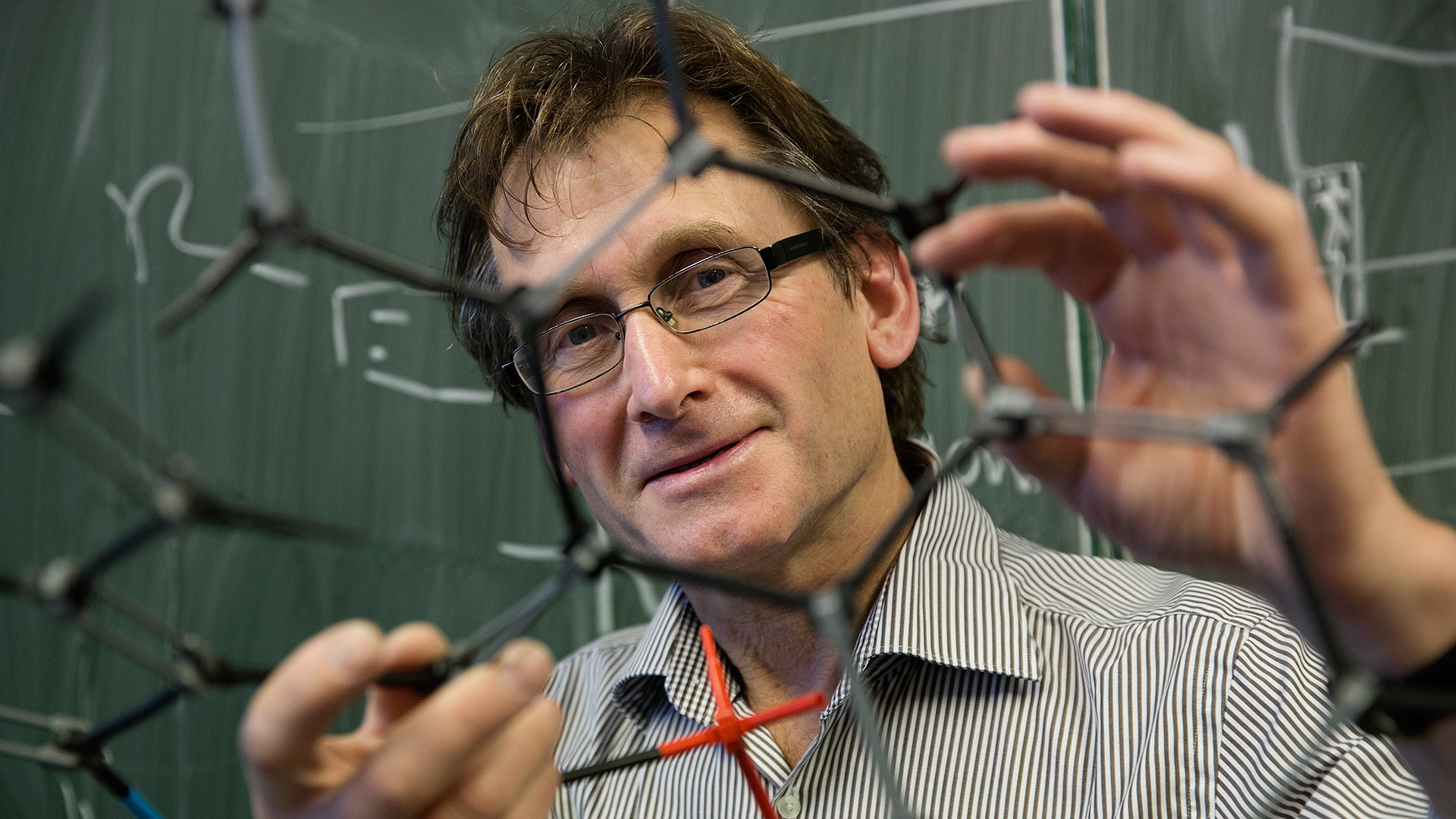

Think a Mini is a tiny car? You have no idea. On Wednesday, a Dutch professor became one of the winners of this year’s Nobel Prize for his work constructing a working car made from a handful of molecules.
Dr. Bernard Feringa, professor of organic chemistry at the Netherlands’ University of Groningen, was one of three scientists awarded the 2016 Nobel Prize in Chemistry earlier today for his work creating working molecular motors.
“In terms of development, the molecular motor is at the same stage as the electric motor was in the 1830s, when scientists displayed various spinning cranks and wheels, unaware that they would lead to electric trains, washing machines, fans and food processors,” the Royal Swedish Academy of Sciences said in the statement announcing the honor.
Dr. Feringa became the first person to develop a working molecular motor back in 1999, but it was his team’s work developing the first “nanocar” in 2011 that earned him a spot on The Drive (which, we’d argue, is every bit as special as scoring a Nobel). That tiny vehicle consisted of a small chassis equipped with four molecular motors at each corner serving as powered wheels.

Since then, Dr. Feringa’s team has further developed the molecular motors; as of 2014, the nanoscopic devices are capable of spinning at 720 million revolutions per minute. Last year, Feringa and his researchers used the micro-machines to spin a glass cylinder 10,000 times the size of the motors.
Dr. Ferenga’s work didn’t originate in a vacuum, though; the other two scientists who received the award, Dr. Jean-Pierre Sauvage and Dr. J. Fraser Stoddart, paved the way for Feringa’s research. Dr. Sauvage came first, successfully joining two ring-shaped molecules together into a simple chain in 1983, which only sounds easy if you’ve never played with Chinese linking rings. Dr. Stoddard followed in 1991, threading a ring of molecules onto an axle and creating a controllable method of moving the ring back and forth along the simple track; he then used this technology to create a molecular elevator, a microscopic muscle, and even a new type of computer chip.
“I feel a little bit like the Wright Brothers, who were flying 100 years ago for the first time,” Dr. Feringa said in a call with journalists after the announcement, according to The New York Times. “People were saying, ‘Why do we need a flying machine?’ And now we have a Boeing 747 and an Airbus.”
The scientists will split the prize of 8 million Swedish kronor three ways, which means each will walk away with around $310,000 before taxes. Given Dr. Feringa’s apparent preference for AWD vehicles, we suggest he take that money and buy an Audi R8.
If you’re interested in learning more, you can check out the full announcement of the 2016 Nobel Prize in Chemistry—which is packed with cool details about the work—here.